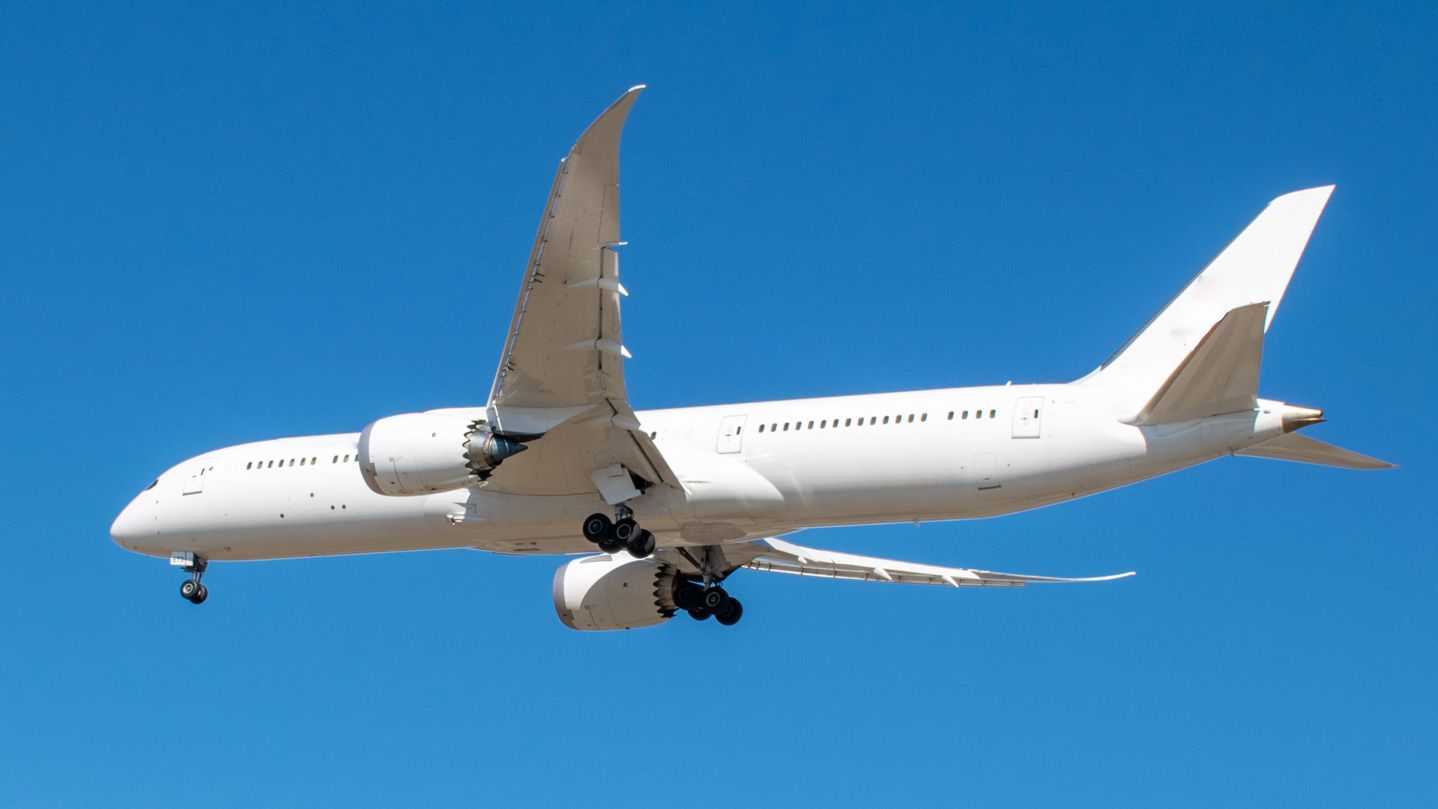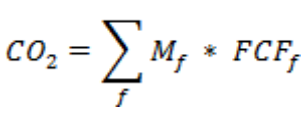The International Air Transport Association (IATA) is launching IATA CO2 Connect - a new tool for "CO2 data transparency linked to airline-specific and actual fuel burn information and load factors." The goal is to share the level of emissions created by commercial aviation to help reduce the causes of climate change. This comes even though aviation is 12% of all CO2 emissions from the transport sector, compared to 74% from cars, trucks, and buses on the road. The aviation emissions tool will be available to all - not just airlines but airline passengers also.
Transparency will help achieve net-zero
For IATA leaders like Frederic Leger, IATA’s Senior Vice President for Commercial Products & Services, the path to net-zero emissions is helping customers be more informed. As Leger explained,
"Flying sustainably and cutting CO2 emissions is a top priority. The aviation sector is working to achieve net-zero emissions by 2050, and travelers want to be more aware of their carbon footprint. With IATA CO2 Connect, individuals and corporate travel managers can get standardized accurate calculations to make the most sustainable choices for their air travel, taking into consideration aircraft types, routings, and class of service."
With a target being discussed, tracking matters
IATA wants airlines to set a target for sustainability in commercial aviation. Obvious, but it is hard to have a goal without understanding what CO2 is produced by the status quo and future progress towards meeting that goal of net-zero. IATA Director-General Willie Walsh went so far as to say,
"Achieving net-zero emissions will be a considerable challenge. The projected scale of the industry in 2050 will require the mitigation of 1.8 gigatons of carbon. Achieving that will require investments across the value chain running into the trillions of dollars ... People want to see aviation decarbonize. They expect the industry and governments to be working together. The industry’s determination to achieve net-zero by 2050 is firm. How would governments explain the failure to reach an agreement to their citizens?"
Having a public-facing emissions calculator will help with these goals.
Methodology to track CO2 emissions
Back in March, IATA announced its metrics for tracking CO2 emissions. This includes:
- Guidance on fuel measurement, aligned with the Carbon Offsetting and Reduction Scheme for International Aviation (CORSIA)
- Clearly defined scope to calculate CO2 emissions concerning airlines’ flying activities
- Guidance on non-CO2 related emissions and Radiative Forcing Index (RFI)
- Weight-based calculation principle: allocation of CO2 emission by passenger and belly cargo
- Guidance on passenger weight
- Emissions Factor for conversion of jet fuel consumption to CO2, fully aligned with CORSIA
- Cabin class weight and multipliers to reflect different cabin configurations
- Guidance on Sustainable Aviation Fuel (SAF) and carbon offsets as part of the CO2 calculation
It's pretty comprehensive but focuses much on CORSIA and weight. A review of a US Federal Aviation Administration (FAA) document shows a particular equation for determining CO2 emissions. Below is that equation, and then a plain English explanation.
Graphic: U.S. Federal Aviation Administration, Page 13
CO2 consumed in a flight is the sum of - that's the big Σ - Mf or mass of fuel f used (in tonnes) multiplied by FCFf = Fuel conversion factor of given fuel. According to the FAA document, the fuel conversion factor is, "Equal to 3.16 (in kg CO2/kg fuel) for Jet-A fuel / Jet-A1 fuel and 3.10 (in kg CO2/kg fuel) for AvGas or Jet-B fuel." The document does not spell out how much CO2 is in each kilogram (KG) of other forms of fuel, such as sustainable aviation fuel.
When considering how much fuel a jet aircraft uses during a flight, one can calculate the CO2 of a fuel-tank emptying flight of, for instance, a Boeing 747. According to that math, a Boeing 747 is, in fact, burning only 0.01 gallons per person onboard for every mile that it travels when carrying 500 passengers, but it's still burning 18,000 gallons of fuel overall.
Let's presume the fuel is Jet-A1 fuel, which is what 747s usually use. We now have to convert that 18,000 gallons of fuel into tonnes or metric tons. Using the E6BX converter, it's 54.7032 metric tons. So it's 54.7032 kilograms times 3.16 to get 172.86 metric tons of CO2 from that very same flight. A passenger just has to divide that by how many aircrew and passengers were on board to get their personal share of CO2 emissions.
FlightRadar24.com also has a CO2 tracker
Graphic: FlightRadar24
Yes, you too can track your flying carbon emissions via FlightRadar24.com without doing the math. Just create a free account at my.flightradar24.com and plug in your flights to see how many tons of CO2, methane, and nitrous oxide your flights produce. Calculations of emissions include aircraft type and route. What you do with this information is up to you.
What will you do with the information about what your flights produce in CO2? Let us know in the comments, please.
Sources: March 22, 2022 IATA Statement, E6BX Fuel Converter, June 20, 2022 IATA Statement, US Federal Aviation Administration Notice of CORSIA Monitoring



